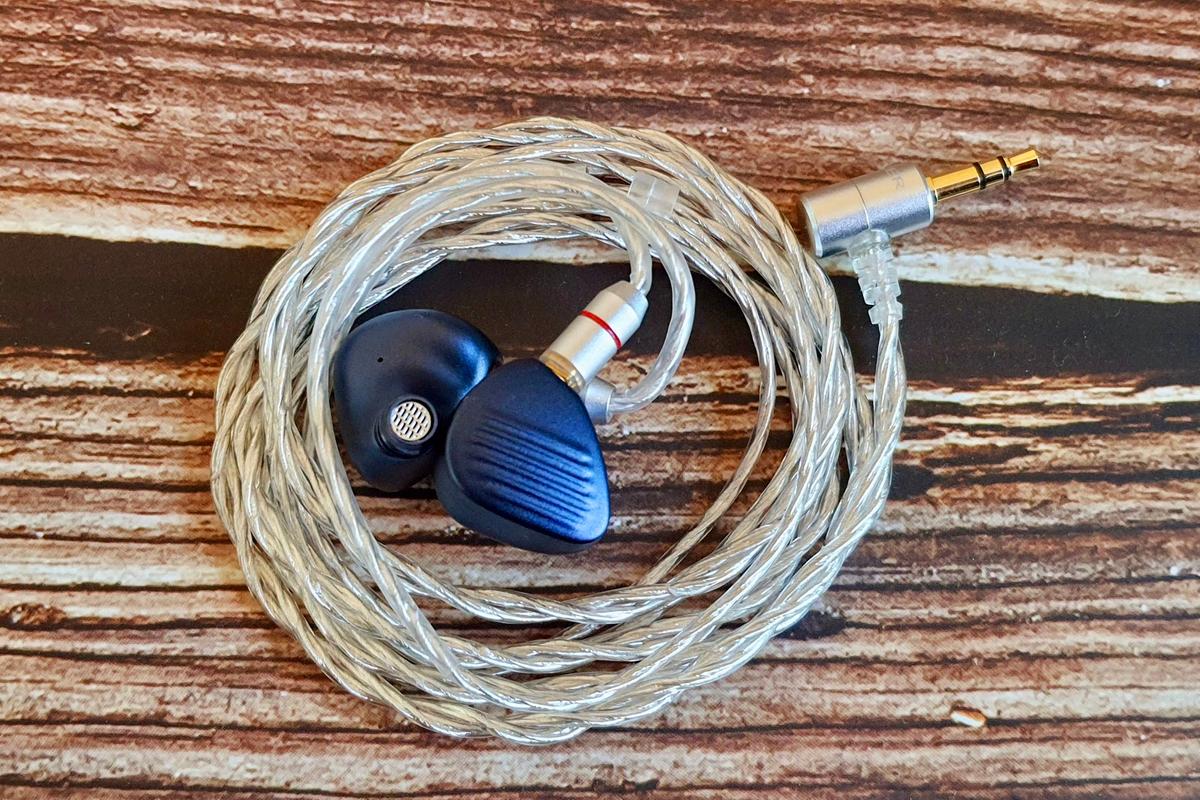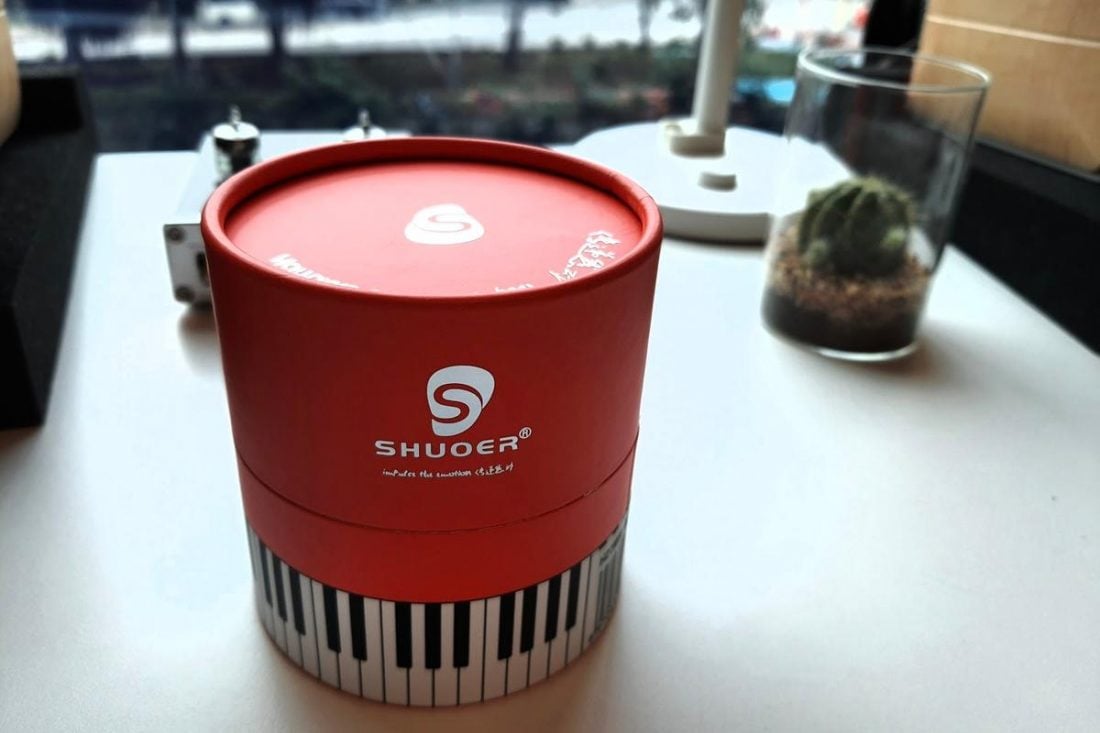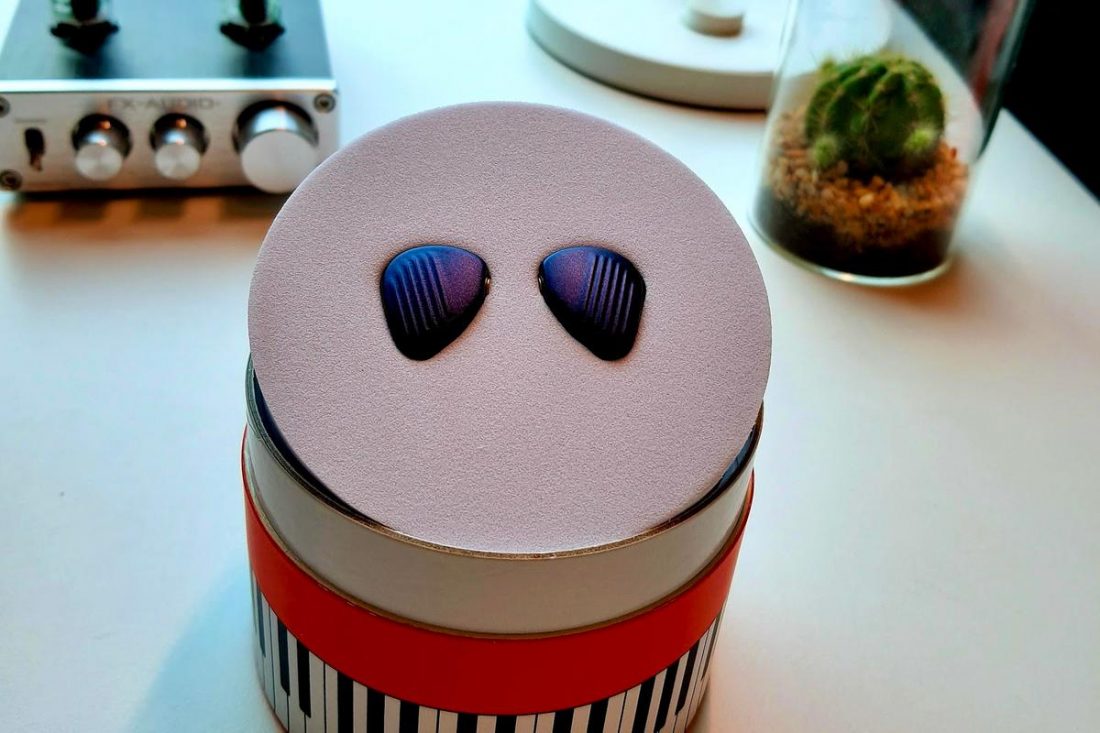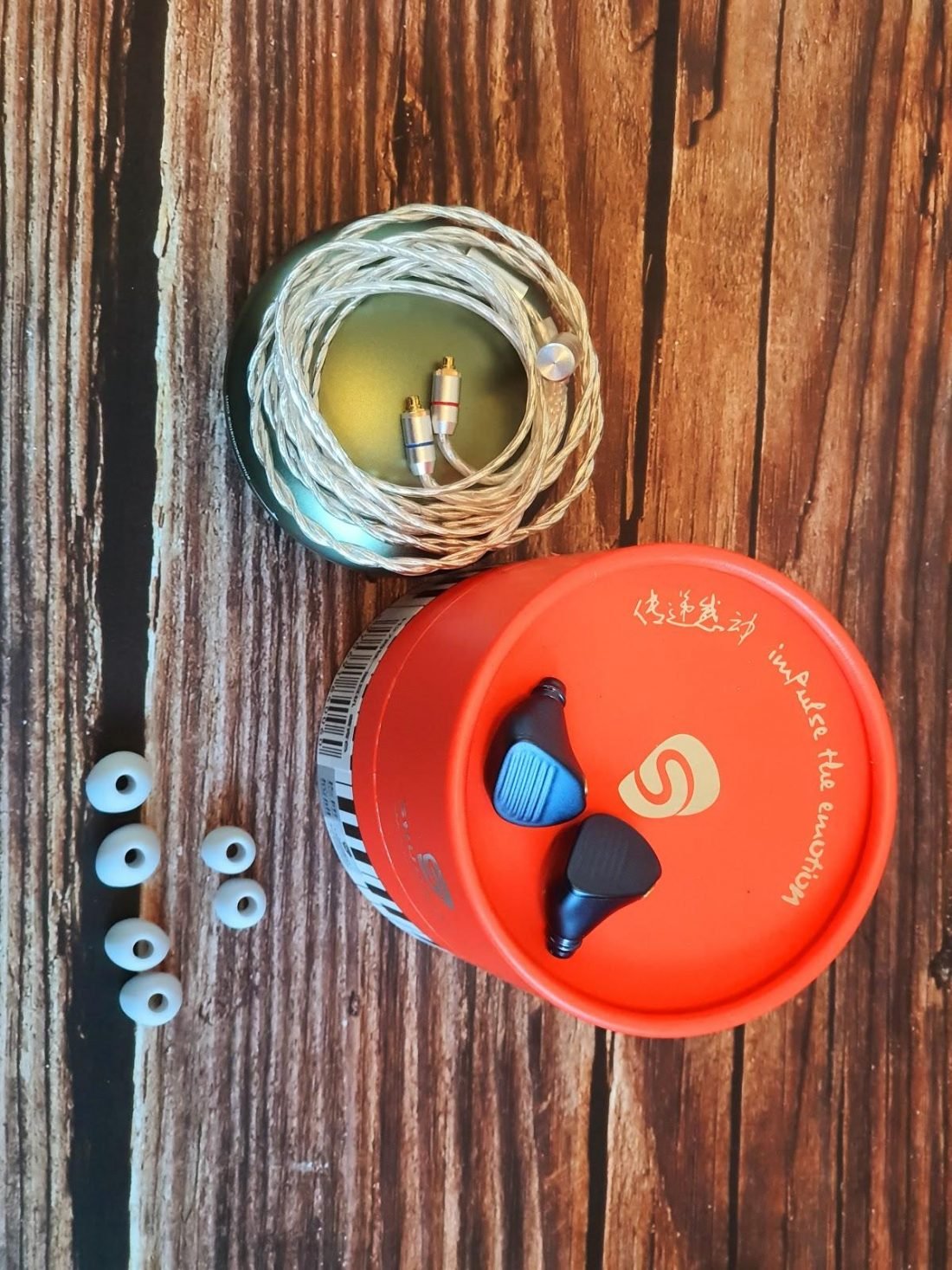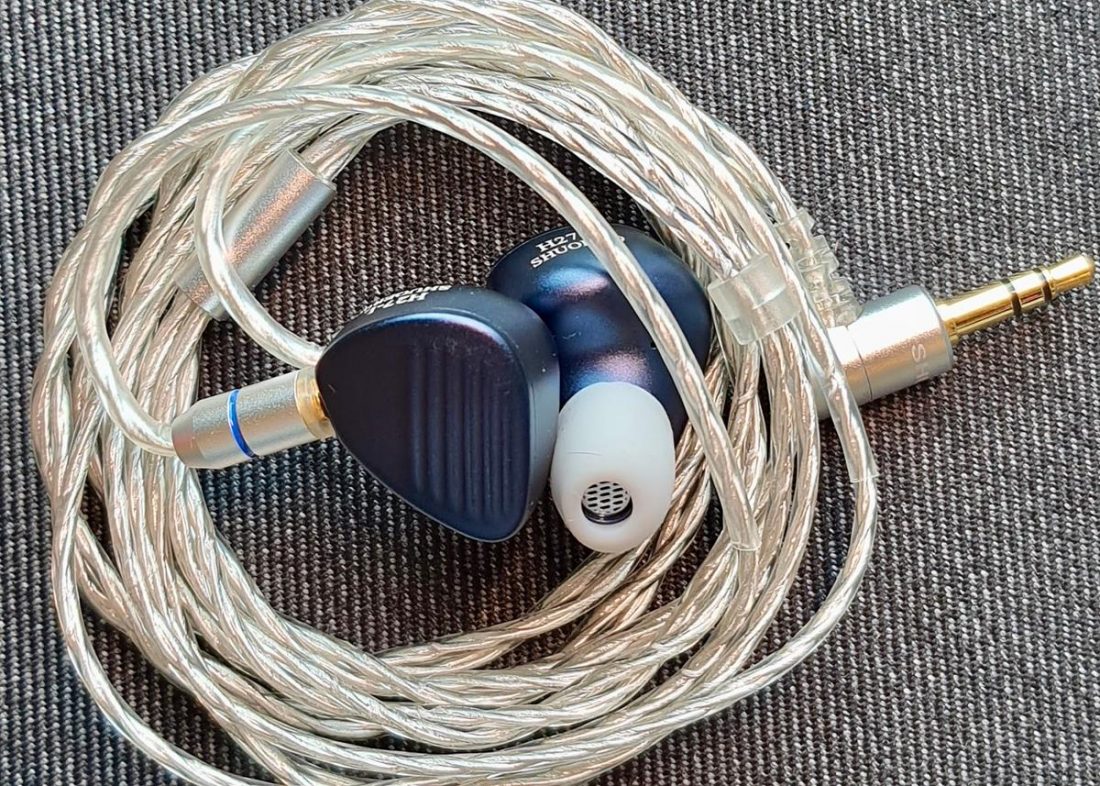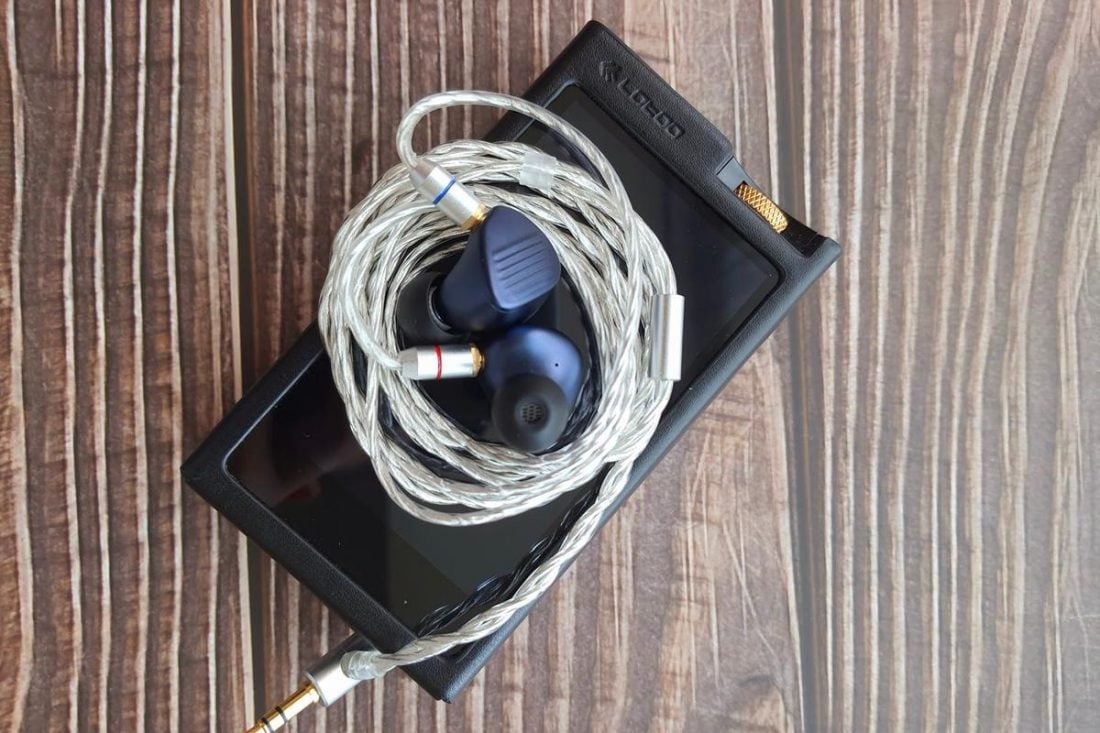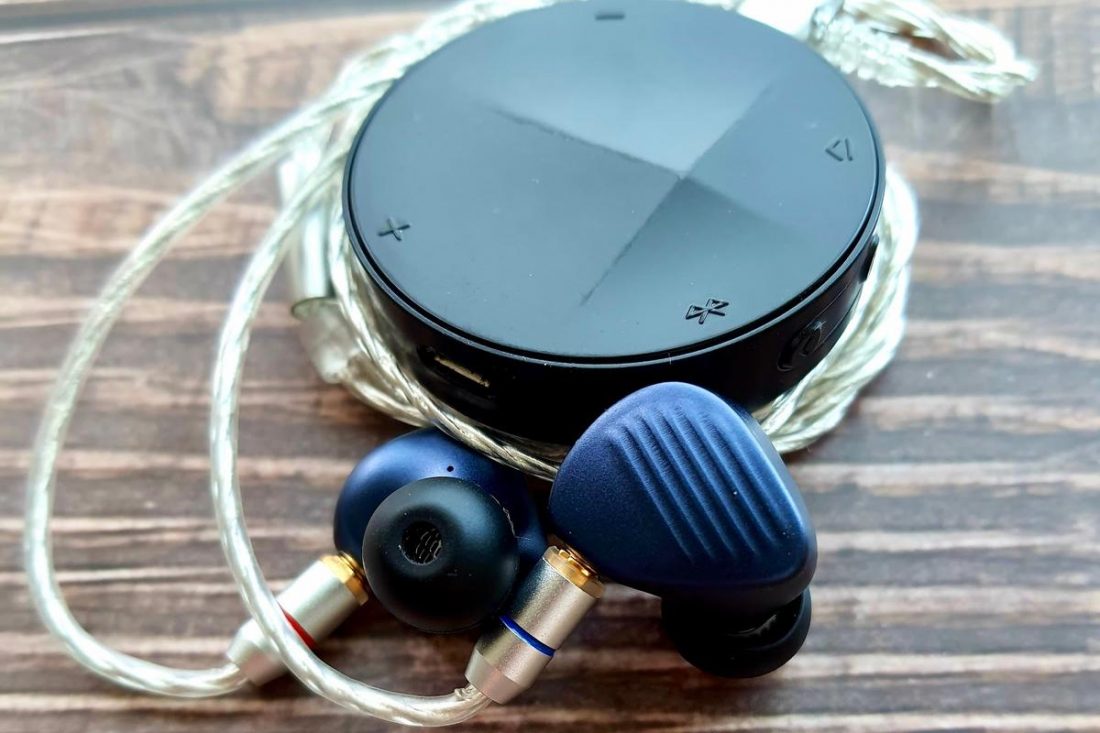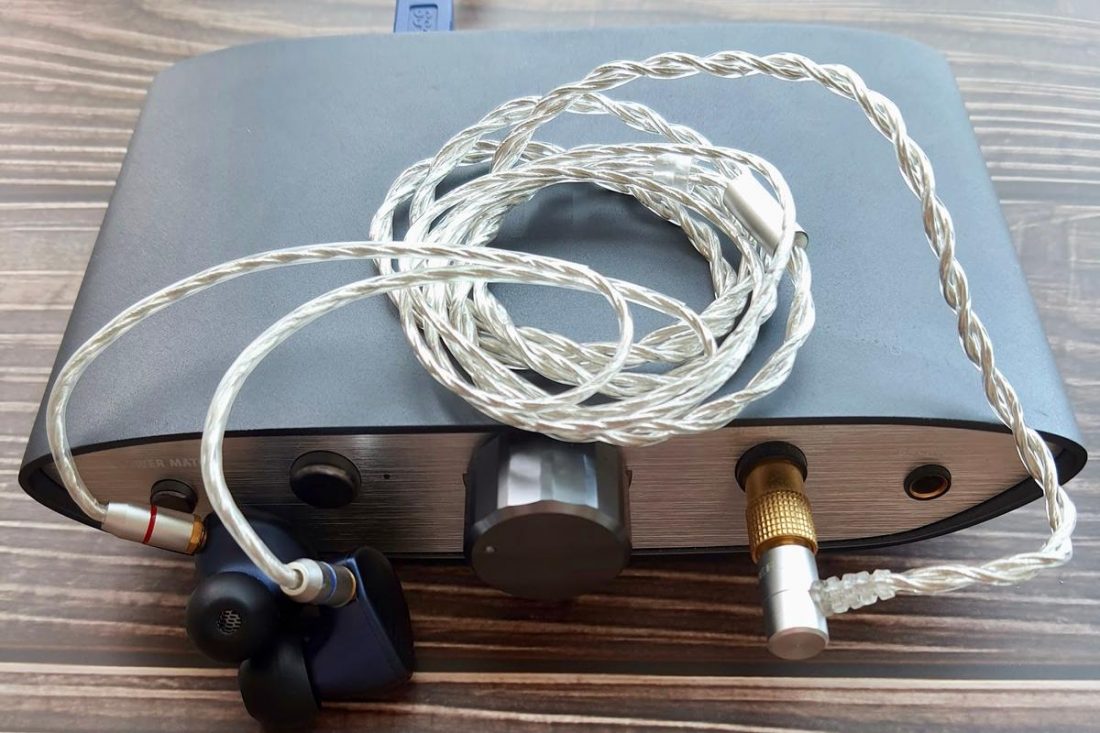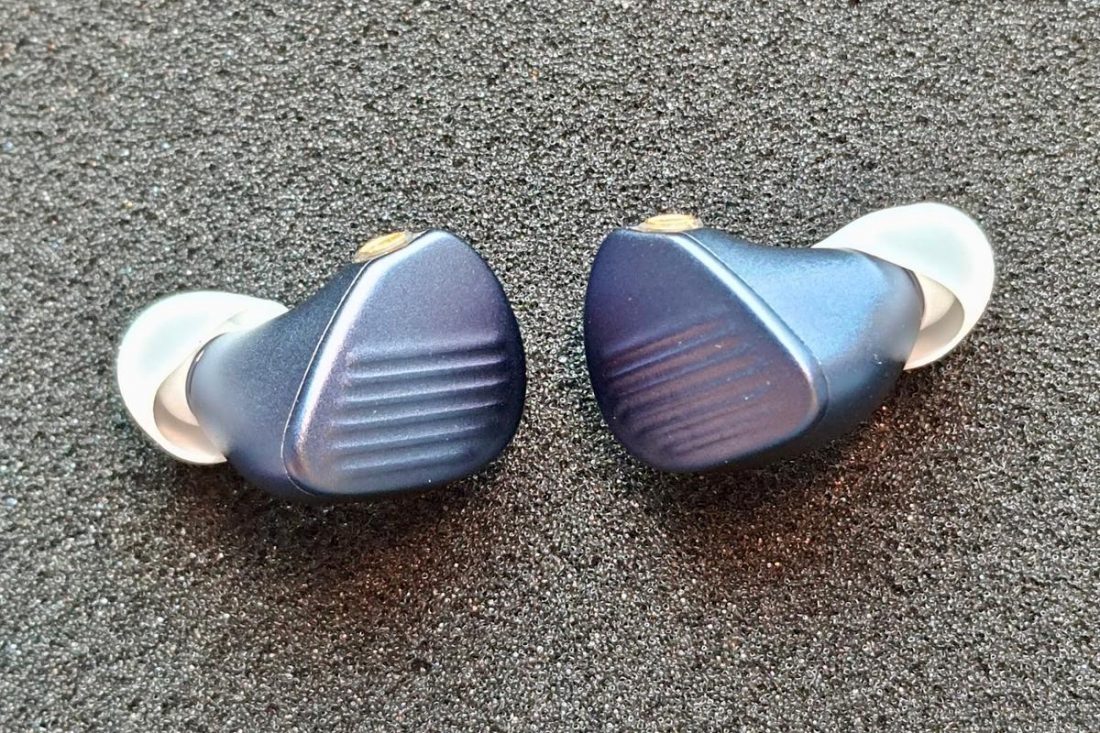If you have been on the market for Chinese IEMs, you are very likely to have come across Shuoer. Shuoer is a Chinese IEM manufacturer, and from their website, we know that the company was founded in 2016. During these years, Shuoer never fails to impress us with their innovations and breakthroughs. Their Tape has received praises all across the world and has become an instant success. The H27 is one of their latest products and, coming in at USD$109, it has to face some competition. Also, unlike Shuoer’s previous success, the Shuoer Tape, the H27 does not utilize exotic electrostatic drivers, but follows a more traditional dynamic driver and balanced amatures hybrid. However, what we as listeners care the most is the sound that drivers can produce instead of what the driver is, right?
Technical Specifications:
Driver configuration: 1 dynamic driver + dual balanced driver Knowles TWFK-31736 driver Frequency response: 20 Hz -20 kHz Sensitivity: 108dB/mW Impedance: 10Ω @ 1 kHz Connector: MMCX Plug: 3.5 mm
Packaging and Accessories
The packaging of the H27 is the same as the Tape’s. We have established that Shuoer is an innovative manufacturer, and the packaging of their IEMs are, well… quite special to say the least. It’s an orange cylinder box with a piano-theme, sporting the company name written on the side. Once you open the box, you are greeted by the earphones lying in foam with the cable unplugged. Below the foam lies the metal carrying case. Inside, there is the cable and also the two pairs of ear tips. A pair of ear tips are already attached to the earphones, so there are a total of three pairs of ear tips included in the packaging. The cable included is decent. According to the Linsoul website, the stock cable is a silver-plated single crystal copper cable. Since the H27 have MMCX connectors, the cable is terminated as MMCX and 3.5 mm. It feels subtle and soft. Its lightweight and soft nature allows no microphonics and adds virtually no weight while wearing the earphones.
Design and Comfort
Despite the full metal shell, the earphones are lightweight and the shape is ergonomically designed. Together with the lightweight and soft cable, I was able to wear these earphones for 3 hours straight while listening to it and working on this very review. The full metal shell also provides the earphones with a solid build, and I’m sure that they can take a beating (not recommended to do so). The quality checking on the Shuoer Tape was not good. The MMCX connectors on my the Shouer Tape broke just after 1 week of use. On the Shuoer H27 however, the MMCX connector feels more solid and Shuoer claims that these MMCX connectors on the H27 are “being reinforced”. It gives a solid click when the cable is being connected and once done, the cable will not spin around like they may on some other MMCX terminated earphones. These improvements are certainly welcomed and I am glad that Shuoer is constantly improving.
Sound Quality
To analyze the sound of the Shuoer H27, I have paired it up with my AK XB10, iFi Zen DAC, Lotoo PAW 6000 and also straight from my macbook. Of course the better source you use the better the sound it produces, however the overall sound signature remains similar. The overall sound signature of the H27, regardless of the source, remains a subtle u-shaped to a gentle M-shape sound, with the very both ends a bit rolled off.The Lotoo PAW 6000 and stock eartips are mainly used for this part. The difference with the various pairings and the reason why the following photos do not feature the stock eartips will be discussed in the following part.
Bass
From the previous part, we know that the bass extension isn’t the party piece of this pair of IEMs. The sub bass in these earphones always stays behind the mid bass and it’s lacking a bit of a solid foundation for the earphones. However, the H27 does have an agile and tight bass. This avoids adding any muddiness to the sound. Moving on to the mid and upper bass, the H27 does handle them better than the sub bass. The mid bass is slightly boosted and has more quantity than what I recognize as dead neutral. However, it still remains clean and tight regardless and this makes these earphones quite enjoyable to listen to. The quantity of the upper bass is more preserved and it contributes to a clean mid range without bleeding into the vocals.
Mid
The mid range, including both male and female vocals and also instruments like piano, are slightly recessed and one step behind the bass and treble. Because of the preserved upper bass, the mid range sounds open and wide. The vocals are detailed and are crystal clear because of the boosted upper mid. However, this is also what makes the H27 only good but not great for its price. The boosted upper mid creates sibilance, and in the “s” and “t” of the vocals, it is quite sharp. For some audiophiles who are more sensitive towards treble, it can be harsh. This also makes these earphones sound unnatural at times so the overall tonality is not perfect to say the least.
Treble
Following the boosted upper mids, the lower sections of the treble also have more quantity than neutral. As a result, the earphones have a lot of details and sound airy. Unfortunately, this pair of earphones can be harsh and unforgiving because of this. You can solve this problem by replacing the stock eartips with third-party ones like Final E-type or a foam ear tip, like what I have done in the photos for non-reviewing listening. However, with the stock tips the sibilance can be sharp. The upper treble, like the sub bass in the H27, is slightly rolled off and, again, the extension is not very impressive. In its defence it does make the earphones more or less easier to listen to while still remaining detailed and agile.
Soundstage and technicalities
This pair of earphones has good technicalities and are able to show the details in the music. The soundstage does depend on the pairing, but mostly it remains wide and airy. For example in the pairing between the XB10 and the H27, the soundstage is more intimate than in the pairing of the Lotoo and the Shuoer. Despite having a low impedance of 10 ohms, its moderate sensitivity of 108 db/mW makes it not extremely efficient and so it will not pick up a lot of hissing. It’s dead silence when I pair it with my macbook and my Lotoo, both of which have black backgrounds. Even when paired with my XB10, a device with a very hissy background, there is only a water-fall of fizzing in the background, and once music begins it virtually disappears.
Where to Buy
You can purchase the Shouer H27 from:
Verdict and Conclusion
The Shuoer H27 shows its strength in technicalities and its superb build quality. It sounds quite good as well. Unfortunately, the market for Chi Fi just has too many amazing “giant-killers” and so just being quite good is not enough for me to fully recommend these earphones and it does have several flaws in the tonality. If you have bought this pair of earphones, you will not be disappointed, because it’s by no means a bad pair and it provides a lot of details and good soundstage. However, if you are deciding what to get in this price range, I would shy away. Nice try, Shuoer, but I know you can do better. Once again, thank you Linsoul for providing the Shuoer H27 for the review.
